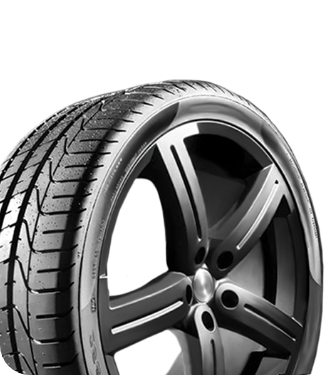

What To Do if Your Car Overheats on the Road
Safety Tips |One of the scariest things that can happen while driving is your vehicle overheating, which is more common in the summer. Below, we’ll explain what to do if your car overheats on the road to manage the situation safely.
Turn On the Heat
If you’re driving along and suddenly get a dashboard warning light and see the gauge in the red, you’ll want to act quickly. It may seem counterproductive, but the first thing to do if your car overheats on the road is turn on the heat. Turning on the heat will pull the hot air away from the engine and help cool it faster, so roll down your windows and crank the heat immediately.
Pull Over Safely
Upon adjusting the heat in your car, you should immediately find a safe place to pull over out of harm from traffic. If your temperature gauge is in the red and you’re on the highway, you won’t be able to make it to the nearest exit a mile away. Instead, pull over to the shoulder as much as you can.
Let the Engine Cool
Once safely pulled over, shut the car off and get out to give your vehicle time to rest and cool off. This should be at least 15 minutes, if not longer. It’s safe to stay in the car if necessary, but you can also just periodically check the temperature gauge every few minutes to see if it’s going down. While you wait, consider calling roadside assistance or a tow truck, as you don’t know yet if your car will be drivable once it cools down.
Check the Engine Coolant
Once the engine has sufficiently cooled, you can safely check under the hood to see if you can find the problem. The first place to check is the engine coolant and see if there’s enough fluid in the system.
If the coolant looks low, the simple fix may be to add more if you have some or get some and bring it to your vehicle. But if the problem is blockage or clogging in the system, adding more coolant won’t fix the problem, so check fluid levels first and be cautious.
Restart the Engine if Safe
If adding more coolant is likely the solution and you have done so, restart the car after and see if it’s drivable. If everything seems safe, you can drive the car again, but you should take it straight to a mechanic for extra assurance.
Conclusion
We hope our explainer has been helpful, and remember, if you need tires in Corpus Christi, consult with the experts at RNR Tire Express! Browse our inventory of tires online or contact our staff to ask a tire specialist today.





